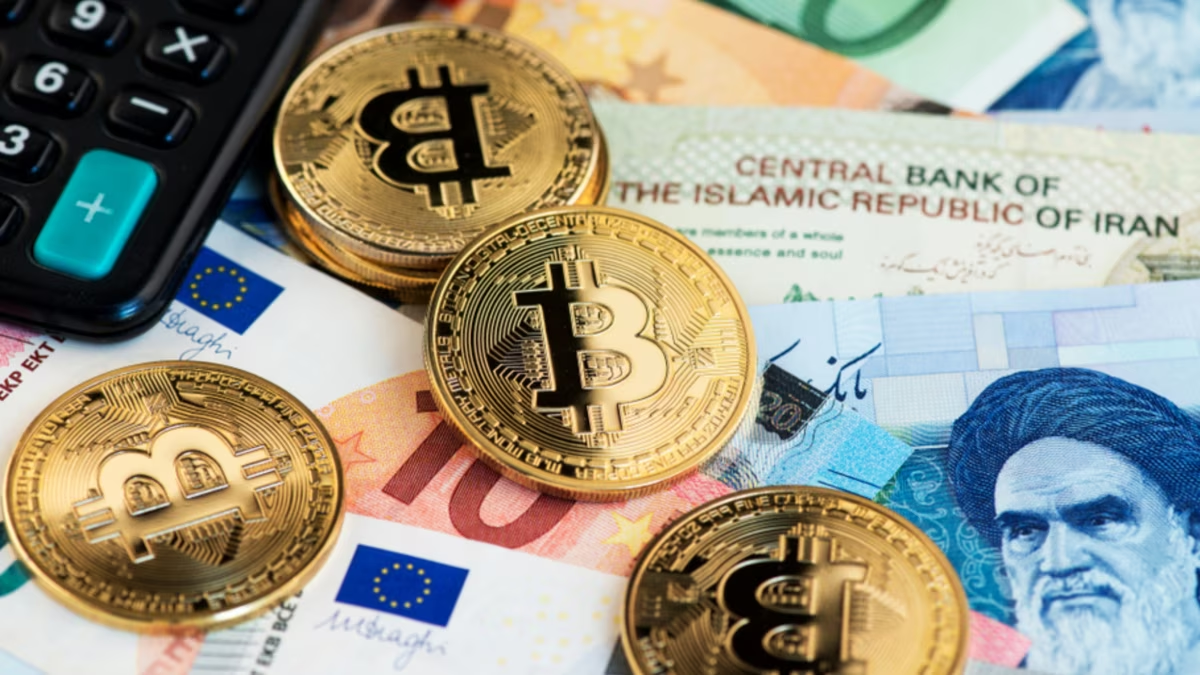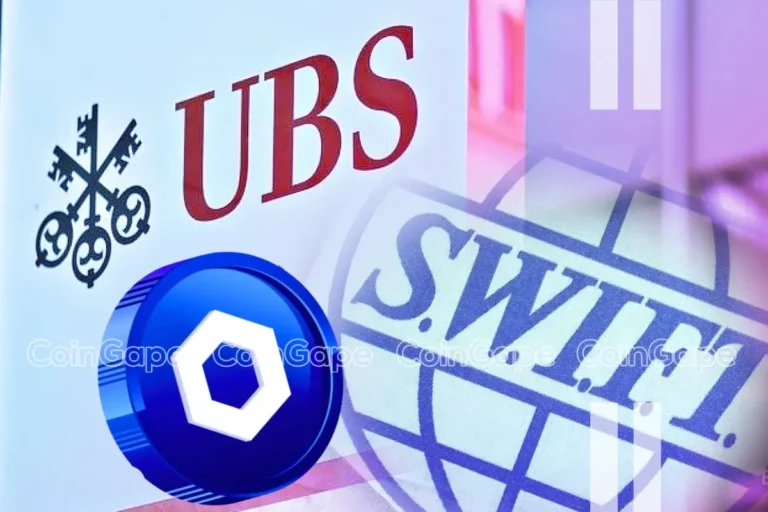In a bold move, the Central Bank of Iran (CBI) has promised to launch a Central Bank Digital Currency (CBDC) known as the digital rial. This currency is not just about modernizing Iran’s banking system—it’s also a strategic effort to fight the effects of international sanctions and keep the country’s financial system competitive.
Why This Matters
For the past few years, Iran has faced severe international sanctions, mainly led by the United States. These sanctions have crippled its financial and banking systems, limiting the country’s ability to engage in global trade and access global payment networks like SWIFT. In this context, launching a CBDC could give Iran a self-reliant financial infrastructure that operates outside of traditional global systems, making it more resistant to foreign sanctions.
Key Steps and Tech Behind the Digital Rial
The digital rial has been in the works since 2018, and the CBI has made significant progress. The CBI is using Hyperledger Fabric, an open-source technology that allows for secure, transparent, and decentralized transactions. By mid-2023, Iran had completed the research and testing phase, moving into the pilot stage with major banks. This is not just a test for a digital currency—it’s part of a broader plan to update Iran’s banking practices and keep up with the world’s shift toward digital finance.
In June 2023, Iran launched a retail CBDC pilot on Kish Island, a free trade zone in Iran. It’s still early days, but the currency has already been designed for domestic use, which could eventually lead to it being used across the country. Retail CBDCs are often seen as a way for people to make everyday purchases without relying on traditional banks.
Fighting Sanctions with Fintech
But the digital rial is more than just a way for Iranians to buy things. One of its key goals is to bypass the sanctions that have been holding the country back from participating in the global economy. The governor of the CBI, Mohammad Reza Farzin, pointed out how Iran’s payment systems are increasingly integrating with Russia’s MIR system. This collaboration allows Iran and Russia to replace SWIFT (the global payment network) with their own platform, which could help them avoid international sanctions.
This isn’t just about using digital currency. Fintech—or financial technology—is a major part of the plan. Iran’s Shetab payment system is among the fastest in the region, processing transactions in under two seconds. Farzin also mentioned that the country is exploring new forms of cross-border payments, including gold-backed stablecoins and cryptocurrency to help with international trade, despite the risks of violating US sanctions.
The Bigger Picture
Why does this matter for you as a young person? Understanding Iran’s move to launch a CBDC and integrate it with Russia and other countries shows how technology is reshaping global finance. Countries like Iran are trying to build independent financial systems that work outside of traditional banking rules. This is important because cryptocurrency and CBDCs are becoming increasingly important in the global economy, especially in regions where financial systems are struggling under sanctions or economic pressure.
For anyone interested in the world of cryptocurrency and blockchain technology, this is a case study in how countries can use these technologies to bypass traditional financial systems and gain more economic freedom. It also shows the potential for fintech and digital currencies to challenge old systems and create new ways for people and countries to do business.
Key Terms to Remember
- CBDC: Central Bank Digital Currency, a digital version of a country’s fiat currency issued by the central bank.
- Hyperledger Fabric: Open-source technology used to create secure and decentralized systems for financial transactions.
- MIR system: Russia’s alternative to SWIFT for cross-border payments.
- Shetab system: Iran’s fast domestic payment network, capable of processing transactions in under two seconds.
- Stablecoin: A type of cryptocurrency that is backed by a reserve asset like gold or a fiat currency.
By keeping an eye on these developments, you’ll understand how digital currencies might shape the future of banking and international trade. This is a critical area of innovation that will likely play a huge role in the coming years as countries experiment with new ways of interacting with the global economy.



